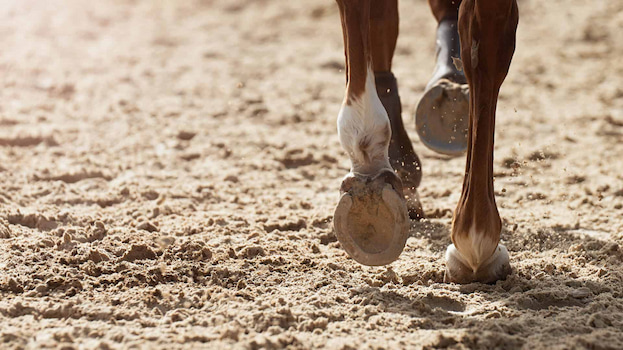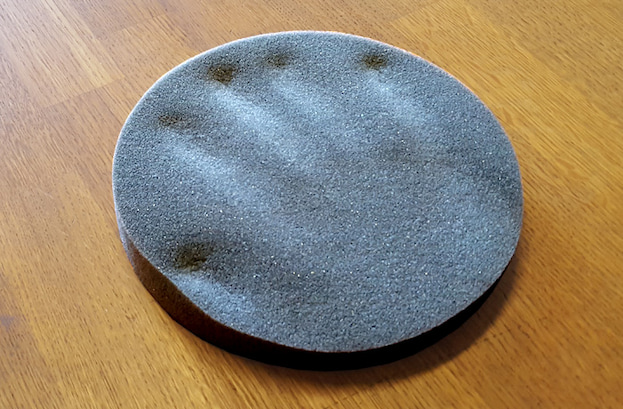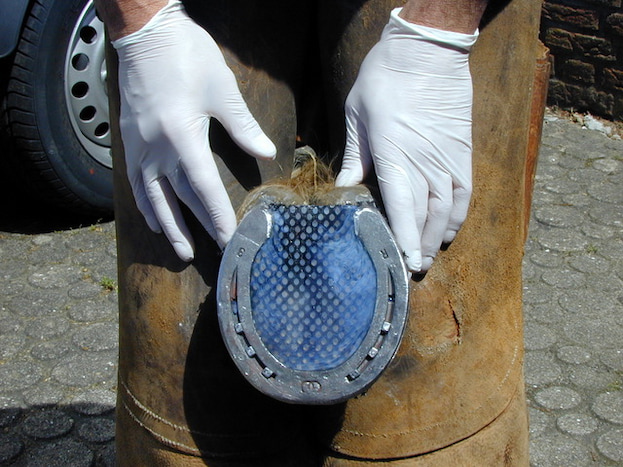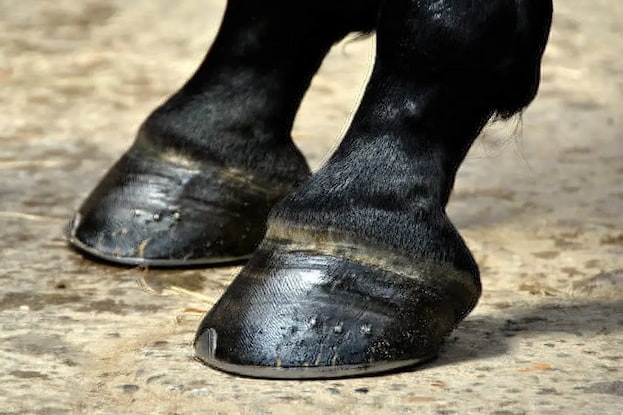Equestrian Care: The Role of Hoof Pads in the Horse Riding Experience
Whether you’re new to horse riding or an experienced equestrian already, you must know that keeping your horse healthy is a priority for every rider. It’s crucial for performance and the overall horse riding experience. Every horse is an individual, so make sure to always monitor your horse’s behavior to better understand their needs and preferences.
One aspect that should never be overlooked is proper hoof care. Same as investing in helpful accessories like sheets and blankets to amp up the comfort and protection, for horses that wear shoes, vets and farriers often recommend specialized equine hoof pads. These are designed to protect sensitive parts of the hoof, enhance the horse’s comfort, and prevent hoof damage.
The Importance of Hoof Care

Regular hoof care is essential for maintaining your horse’s well-being. If you take a look at the horse’s hoof anatomy, you’ll see that it’s made up of several structures that support the full weight of the horse over a small area ensuring it’s distributed across the hoof capsule, including the hoof wall, sole, frog, coffin, bone, and heel bulbs.
The wall is the hard covering around the horse’s hoof, and the frog and sole are some of the most sensitive parts of the hoof that require proper care and attention. Creating a cushion between the shoe and the hoof can reduce the strain on the hoof capsule and make your horse feel more comfortable on any terrain. You can opt for equine hoof pads as an additional barrier between the horse’s shoe and the bottom of its hoof.
Different Types of Hoof Pads

There are different types of pads available on the market, and each of them is designed to serve a specific purpose. They benefit horses through shock absorption and pressure relief and provide added support that reduces the risk of bruising and hoof issues usually caused by hard or uneven surfaces. You can choose depending on your horse’s needs and activity levels, but make sure to consult your farrier or vet before making a decision. The following are some of the most common types used by farriers.
Soft Pads
They are suitable for sensitive soles and weak frogs, and work well for horses with hoof problems, such as navicular disease, for instance.
Gel Pads
They provide superior shock absorption that helps reduce the impact on both the hoof capsule and the coffin bone, and can be particularly useful for horses walking or running on hard surfaces.
Wedge Pads
This type of pad is crafted to raise the hoof angle in case of conformation or injury.
Rim Pads
They ensure winter readiness, preventing snow and debris build-up. They’re versatile, minimize concussion and wear, and can help improve overall hoof stability.
Leather Pads
They are durable and breathable, designed to offer sole support and help maintain foot function.
Plastic Pads
Compared to leather hoof pads, the plastic ones are more consistent under moisture conditions.
Foam Pads
They offer hoof support and protection for horses with thin soles or laminitis.
Frog Pads
As their name suggests, they support weak or injured frogs and help maintain the position of the frog in the hoof relative to other structures.
Pour-In Pads
This type of horseshoe pad is a great choice for horses that need additional cushioning and a customized sole protection.
Pad Applications

Equine hoof pads can be applied in different ways to meet different needs and requirements, whether to cover and protect, to elevate and support areas and structures on the bottom of the hoof, or as a part of a treatment recommended by a vet in case of a particular hoof condition. Some pads fully cover the hoof sole, while others, such as rim pads, for instance, cover only a part of it.
One of the main benefits they offer is to help evenly distribute the horse’s weight across the hoof capsule, which reduces the risk of injury. Also, a hoof pad can be used as a temporary solution when a horse loses a shoe. It can protect the bare foot until the farrier arrives.
Proper Fitting and Care
Proper fitting is key to maximizing comfort, reducing hoof pressure and preventing pad displacement. To make sure the pad application is well received by the horse, monitor for its feedback.
There is no general rule, but the pads should be replaced every 4 to 6 weeks, approximately, depending on the material, the horse’s activity level and the time of year. Checking the pads regularly to ensure they’re in good shape and doing regular farrier visits can help prevent hoof wall damage, pad displacement and more on time. Usually, most pads are applied in pairs, but if necessary, different combinations can be used to meet the horse’s specific needs.
Final Thoughts

Pressure relief, shock absorption, and added protection for the hoof capsule are just some of the benefits that horseshoe pads offer. They can help prevent injuries and improve overall hoof function, too, and with proper fitting and regular care, you can ensure your horse stays comfortable and performs well in both competition and everyday activities.




